Whether for breakfast, appetizer or snack a Persian Herb and Feta Platter (Sabzi Khordan) will tantalize all of your senses.
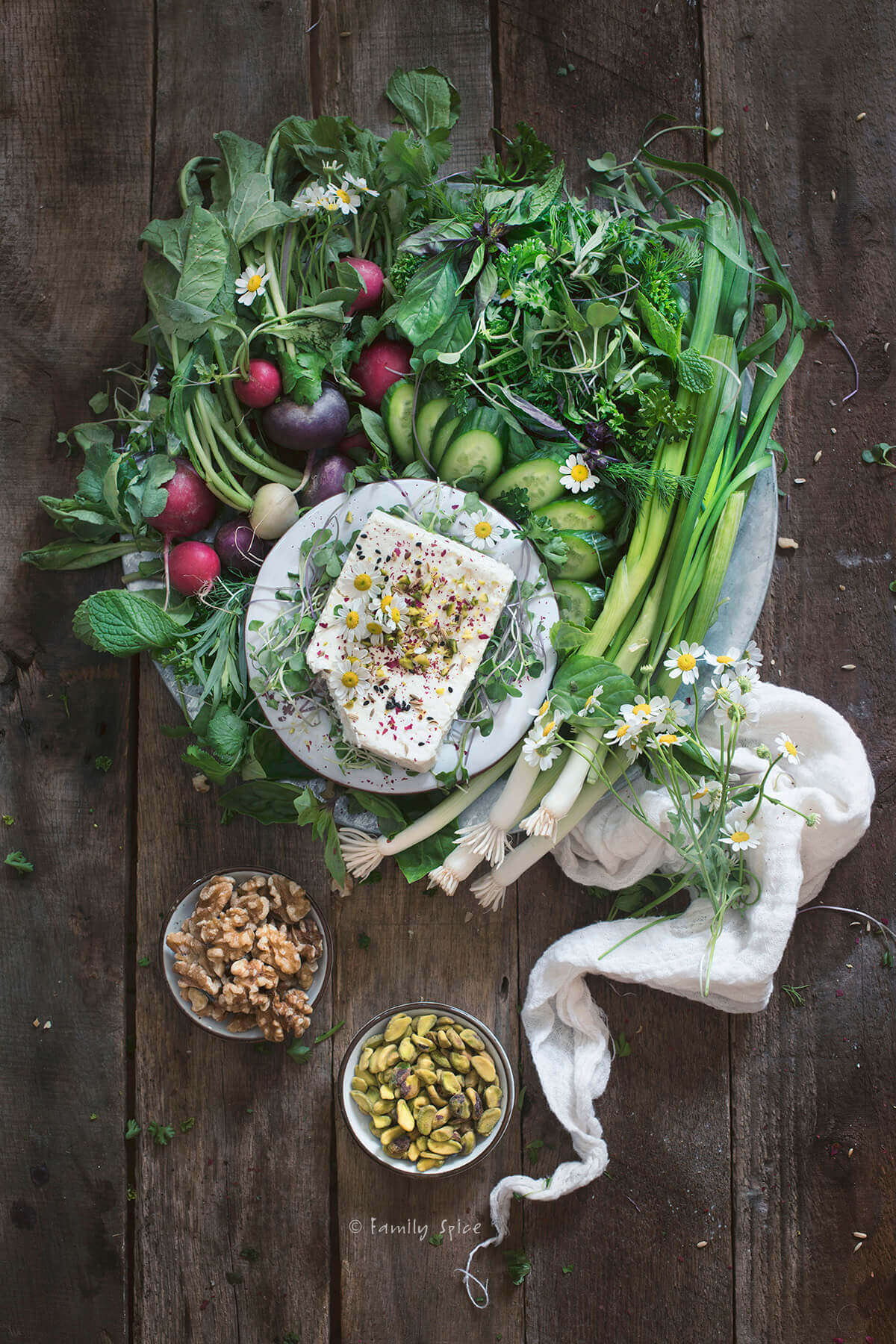
Spring is almost here and for Persians that means Nowruz and the first day of the Persian New Year. I have shared with you before the story of this 3000 year old Zorastrian holiday. It is a beautiful holiday that is celebrated amongst Muslims, Jews and Christians in the middle east.
In Iran, the celebrations last for two weeks. But here in the US, we celebrate with the traditional haft seen and of course the wonderful food. This year, in honor of norouz, I am going to tell you all about the Persian love affair with fresh herbs.
The foods of nowruz are many and they each have specific ingredients that symbolize rebirth, sweetness of life, success and good health. One main ingredient in all of these meals, as well as most Persian dishes, is fresh herbs. They are included in the herb rice dishes, persian soups and persian frittatas recipes served to celebrate norouz.
The herbs symbolize nature waking up from winter’s sleep, the reemerging green outdoors and bloom of flowers. All of the dishes served for the new year meal are filled with a variety of herbs like parsley, cilantro, dill and mint.
This is a prominent theme in all of Persian cooking, not just for nowrouz. Persian recipes are not heavily spiced, but it does include an abundance of herbs.
What is sabzi khordan?
And even when herbs are not in the meal prepared, like chello kabob, the dinner table is naked without a dish of fresh herbs. This plate is called sabzi khordan, which translates to “edible greens.”
Whether it is a small plate or a large platter, sabzi khordan is as common on the Persian table as a bowl of green salad. It is not only common in Iran, but also in Turkish and Armenian cultures, as well.
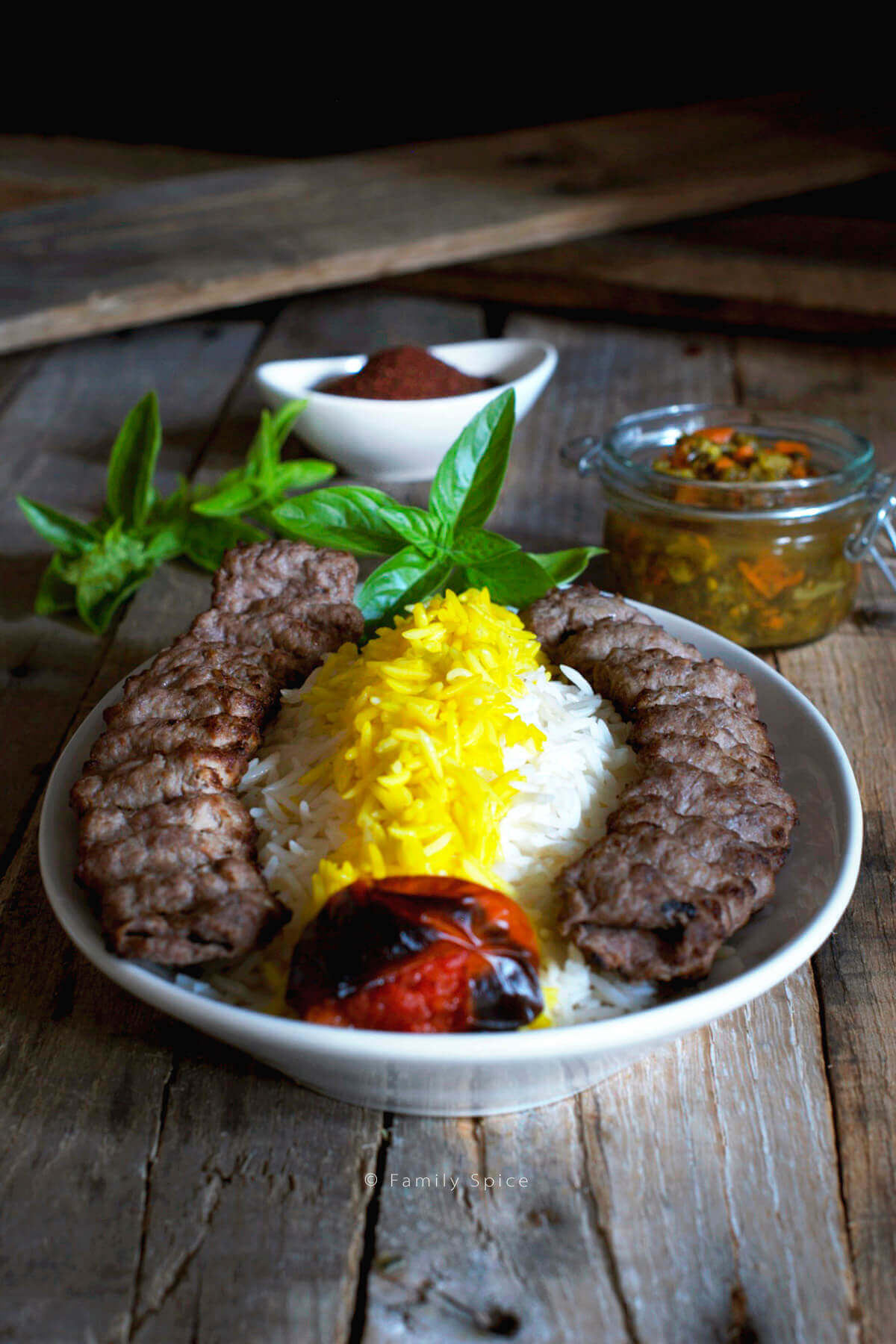
Ingredients you need
The plate of herbs available varies from family to family, as well as what is in season or available. It can simply be the leftover herbs in the refrigerator or whatever is growing in the garden.
As far as fresh herbs for your platter are concerned, some of our favorites include:
- basil (ریحان reyhān)
- mint (نعناع na’nā)
- tarragon (ترخون tarkhūn)
- cilantro (گشنیز gishnīz)
- parsley (جعفری ja’farī)
- green onions (پیازچه piyāzcheh)
- dill (شوید shevid)
- watercress (شاهی shāhī)
If you don’t grow your own herbs, you can find a great variety at farmer’s market, middle eastern and asian markets. You will discovery new herb varieties by expanding your horizons.
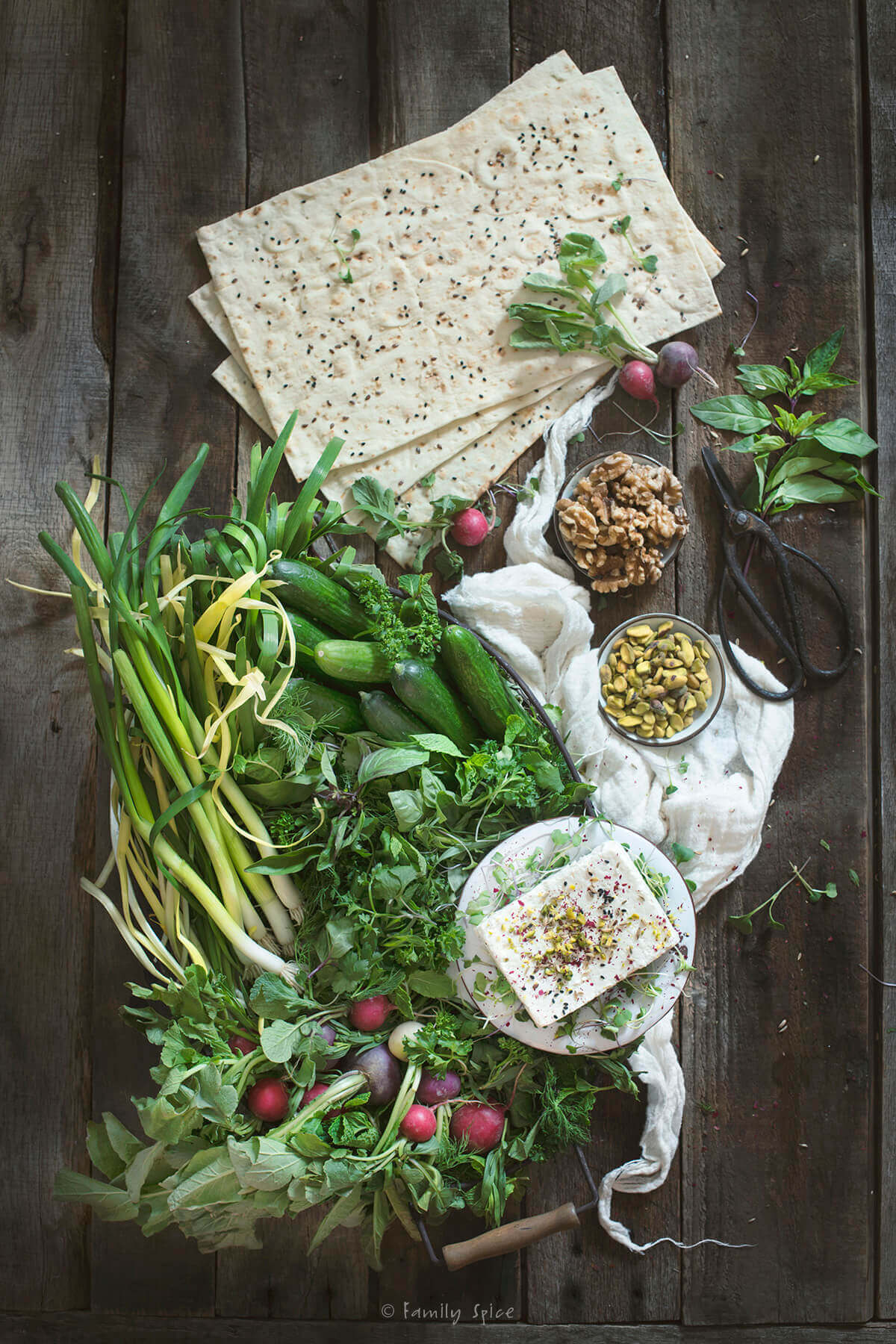
For example, basil comes in a number of different varieties like Thai basil, sweet basil and lemon basil. At my local Vietnamese grocery store, my husband found yellow scallions. Even radishes can be found in a rainbow of colors and flavors. Sometimes a simple trip to the grocery store can be a trip to another country.
Fresh herbs are not the only items found on a platter of sabzi khordan. You will also find radishes and green onions, both the greens and the whites. Some non-traditional elements you can add to your platter include edible flowers, micro greens and fresh fruit.
When kabob is served, chunks of raw onion are also included. Think that’s strange? My eldest son thought so, too, but was curious why his father enjoyed raw onion with his chello kabob so he tried it. There is something about the zing of an onion combined with the rice, kabob and sumac that makes the bite in your mouth sing!
When is sabzi khordan served with feta?
Fresh herbs are not limited to the Persian dinner table. A traditional breakfast, or even snack, is the Persian herb and feta platter, noon-o panir, served with flat bread and sweet hot tea. This includes a plate of sabzi khordan as well as feta cheese, cucumbers, radishes and walnuts with lavash, sangak (flat bread that is thicker than lavash) or noon-e barbari (Persian flatbread that is about ½-inch thick).
When my husband makes a loghmeh (rolled up sandwich) of lavash rolled with feta, herbs, cucumbers and walnuts you can see pure joy in his face with every bite.
A platter of elaborately arranged noon-o panir is a common site at many Persian dinner gatherings. Radishes and scallions are carved and transformed into flowers and blossoms and served on a massive tray overflowing with all kinds of fresh herbs.
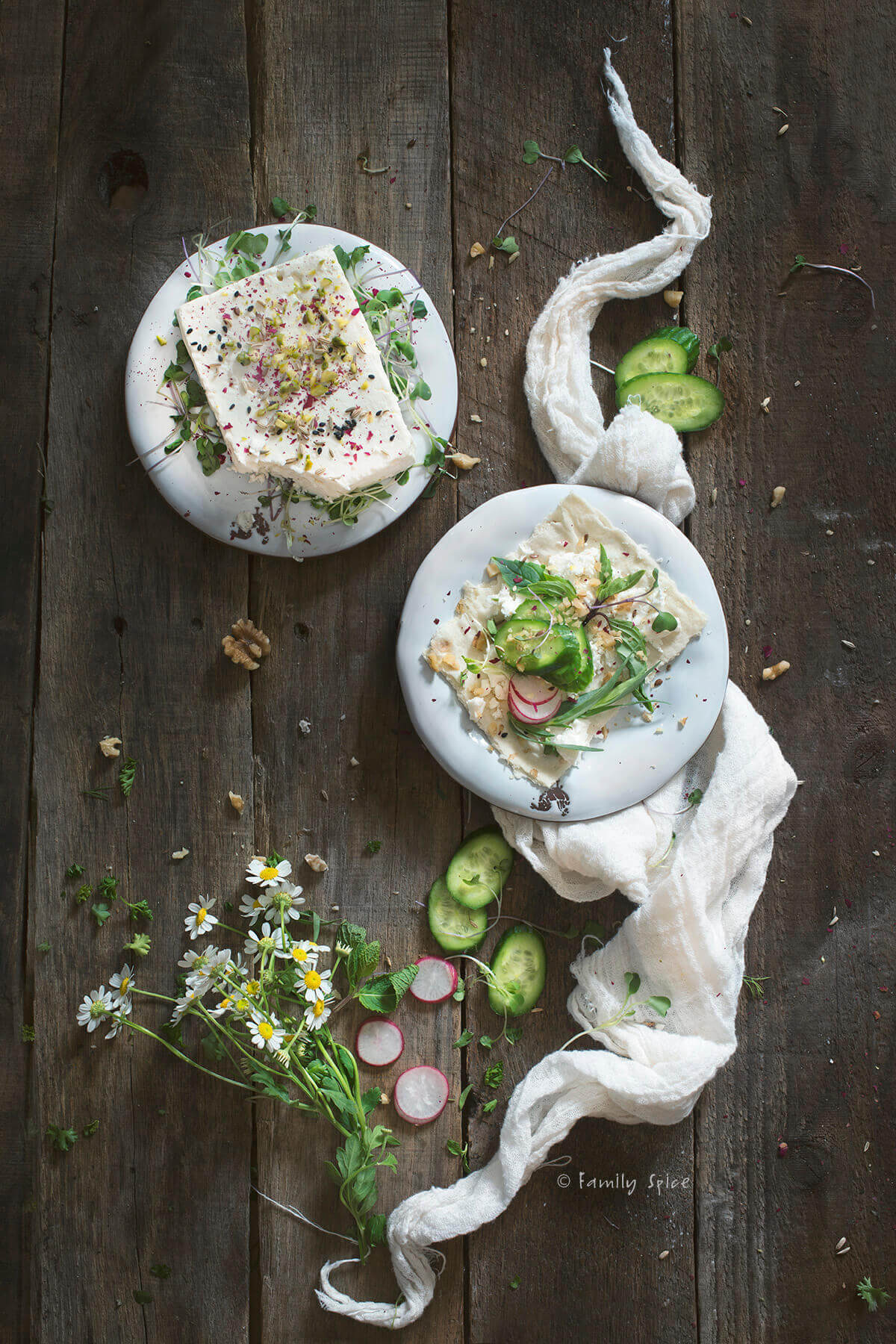
It truly makes a stunning appetizer, but I’m sure many Westerners find the grazing of all these green herbs to be odd. But then they try it, and as if a light was switched on, they finally understand what all the fuss is about.
When serving walnuts on your herb and feta platter, soak them in ice water for at least an hour before adding them. If you are not a big fan of walnuts, use almonds or pistachios instead. Feta comes in a variety of different flavors and textures. We typically like Bulgarian feta, as it is creamier not very dry.
Half the fun is sampling feta cheese varieties from all over the world and discovering uses for each of them. You can serve your feta plain, cut up in chunks, or garnished with dried mint, dried rose petals, cumin seeds, black pepper and/or a drizzle of extra virgin olive oil.
When my husband came home from work, I was finishing up shooting the photos for this post. The kitchen floor was a disaster with bags and bags spilling over with fresh herbs. After cleaning up, I knew what we both wanted for dinner that night, noon-o panir. A humble meal that always hits the spot.
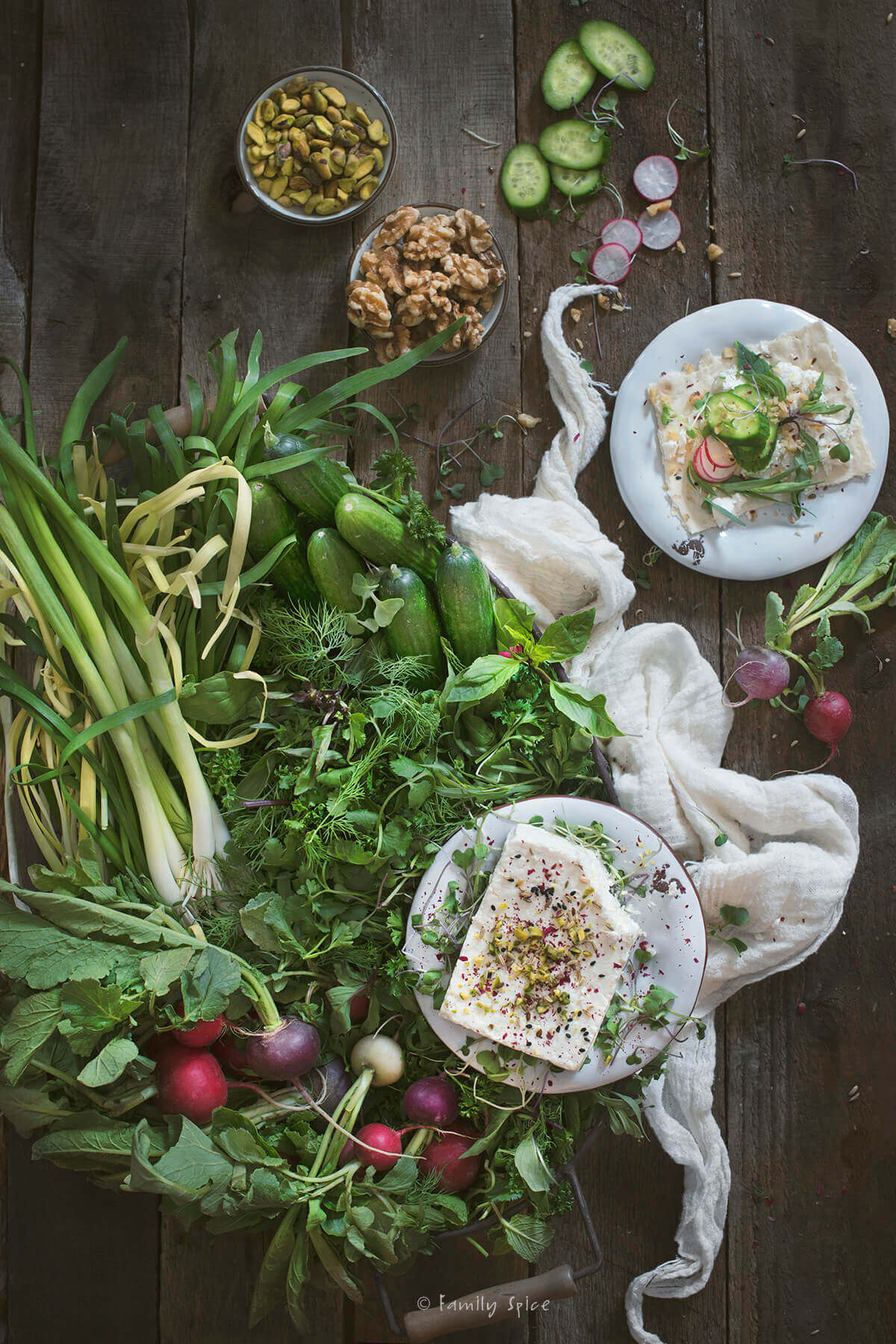
Persian Herb and Feta Platter (Sabzi Khordan)
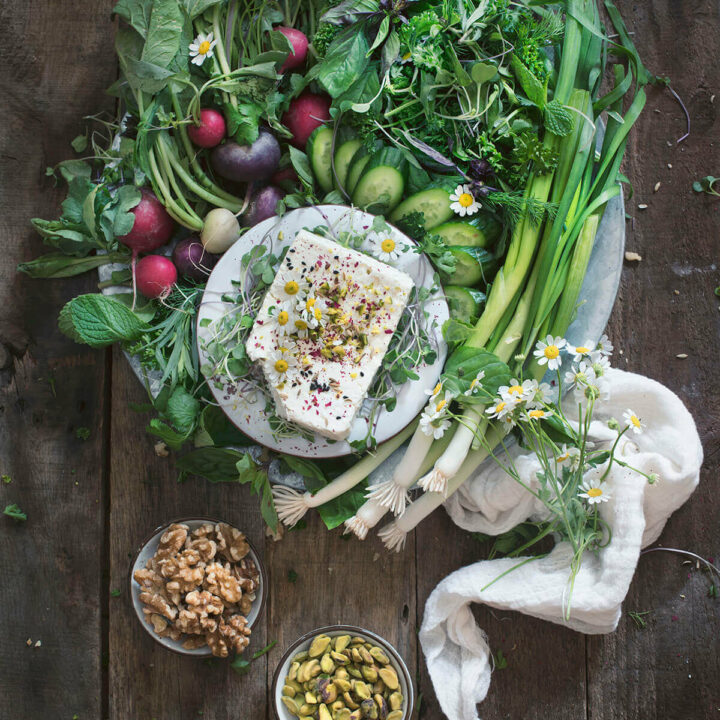
Whether for breakfast, appetizer or snack a Persian Herb and Feta Platter (Sabzi Khordan) will tantalize all of your senses.
Ingredients
- 3 oz fresh herbs like basil, mint, tarragon, watercress, parsley, cilantro and dill
- 6 green onions
- 6 radishes
- 4 Persian cucumbers
- ½ cup walnuts
- 12 oz feta
- flat bread like lavash, sangak, barbari
- ¼ teaspoon dried rose petals (optional)
- ¼ teaspoon ground black pepper (optional)
- 1 teaspoon finely chopped pistachios (optional)
- ground pistachios (optional)
Instructions
- Soak walnuts in ice water for at least an hour.
- Wash and completely dry herbs and green onions.
- Arrange herbs on a platter.
- Drain walnuts and transfer to a small bowl and place on platter.
- Slice cucumbers and radishes and transfer to platter.
- Place feta on a small plate and garnish with dried rose petals, pepper and pistachios.
- Serve with flat bread like lavash, sangak, barbari.
Notes
Persians enjoy this simple meal as an appetizer, snack, side dish and even breakfast.
Nutrition Information:
Yield:
6Serving Size:
2 oz cheeseAmount Per Serving: Calories: 361Total Fat: 20gSaturated Fat: 10gTrans Fat: 0gUnsaturated Fat: 9gCholesterol: 51mgSodium: 752mgCarbohydrates: 33gFiber: 3gSugar: 6gProtein: 15g
PS If you try this recipe, why not leave a star rating in the recipe card right below and/or a review in the comment section further down the page? I always appreciate your feedback.
You can also follow me on Pinterest, Facebook or Instagram. Sign up for my eMail list, too!


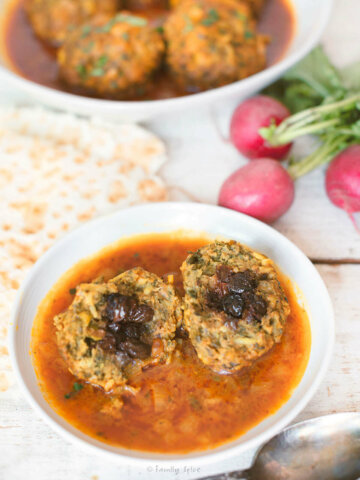

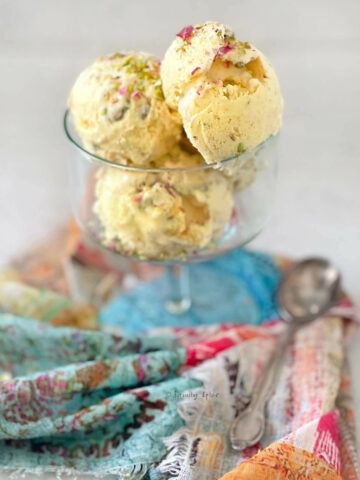
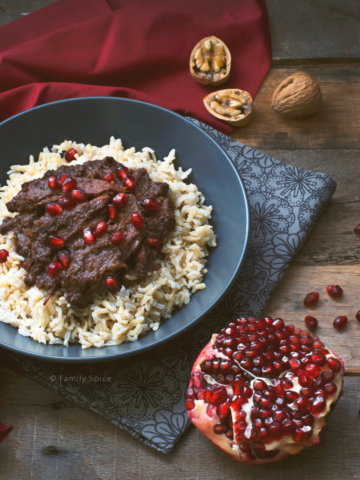
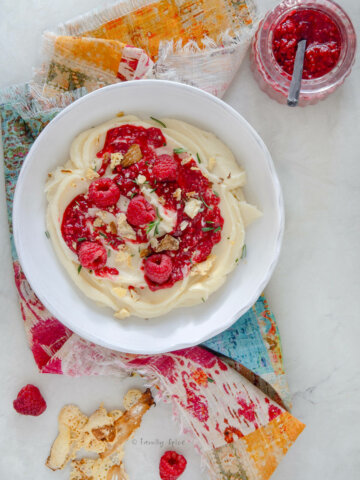

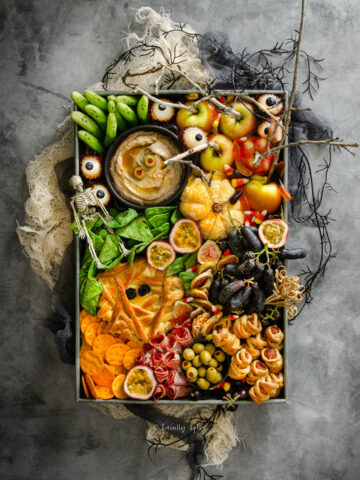
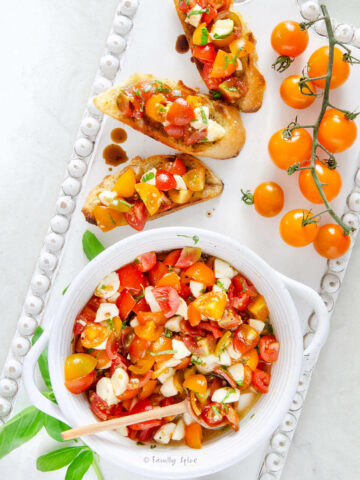
Such a beautiful picture and the spread looks amazing and healthy!
Thank you, Richa! It is beautiful and very delicious!
I love everything about this platter!
Thank you, Ashley! I hope you get to try it!
What a gorgers shot! I just love all those green in there!
Than you! I love my fresh herbs!
This platter looks amazing. Love learning more about the Persian New Year!
Thank you, Megan! I’m so glad you enjoyed the post.
Dear Laura, your Sabzi khordan Looks so tasty, i want to eat it a logmeh right away. Havas Kardam. Thank You for your tip to soak the walnuts in ice water I will try it.
Thank you, Susan-jaan! Wishing you and your family a happy Norouz!
Your pictures are so beautiful and refreshing Laura and of course your description of our love affair with sabzi khorden is both accurate and entertaing. I sure know what I will have for breakfast tomorrow !
Thank you, Afsaneh-jaan! Happy Norouz to you and your family!